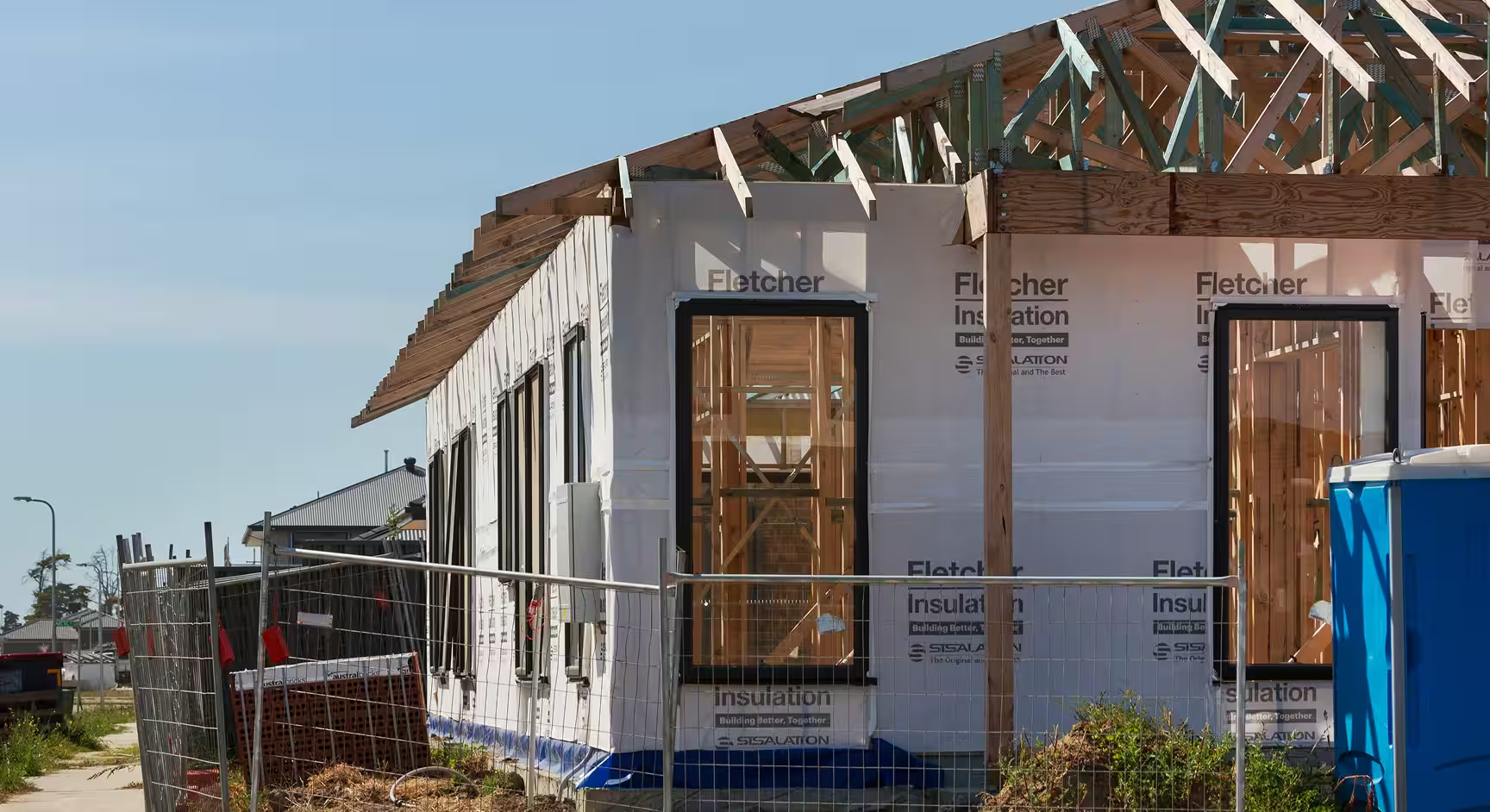
Housing Market Struggles as Inventory Builds
The U.S. housing market is flashing warning signs as unsold homes pile up nationwide. According to new Census Bureau data, 121,000 newly built homes remained unsold in July — the highest level since 2009.
The median home price also slipped nearly 6% to just under $404,000, reflecting cooling demand. Real estate analysts point to elevated mortgage rates as the key culprit, discouraging buyers who are already stretched by affordability challenges.
Workers Shift to ‘Job Hugging’
At the same time, American workers are rethinking their approach to employment. A study from consulting firm Korn Ferry reveals employees are moving away from pandemic-era job hopping and instead embracing “job hugging.”
Job hugging refers to workers prioritizing stability, clinging to current roles rather than seeking new opportunities. This defensive strategy marks a sharp reversal from just a few years ago, when workers leveraged a tight labor market to negotiate higher pay and benefits by switching jobs frequently.
From Housing Frenzy to Economic Caution
The shift in both housing and labor markets highlights a broader climate of uncertainty. During the pandemic, cheap borrowing costs fueled a historic housing boom, while employees capitalized on a worker-friendly job market.
Now, higher interest rates, inflationary pressures, and concerns about economic growth are reshaping financial decision-making:
- Buyers are holding back, leaving more homes unsold.
- Workers are prioritizing security, signaling less confidence in the job market.
The Bigger Picture
The combination of record unsold homes and worker defensiveness underscores the ripple effects of tighter monetary policy and ongoing economic headwinds. Both housing affordability and labor mobility — two pillars of financial opportunity — appear constrained.
For American families, the message is clear: whether buying a home or changing jobs, caution is becoming the new norm.

